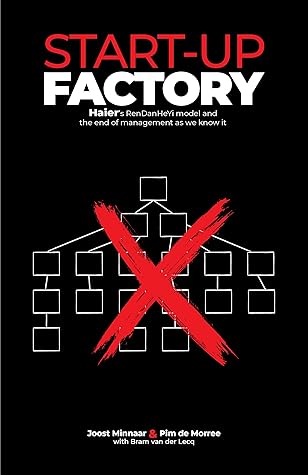Kindle Notes & Highlights
Read between
December 23, 2022 - January 28, 2023
The framework is based on guidelines that dictate respect for the company’s core values, deliver the highest customer satisfaction possible, and have healthy team-level financials.
“You had to deliver the very best service. That had to be a differentiator, and you had to basically pay the bills. Break-even in our model meant using a P&L structure.
When breaking away from silos, two more crucial questions must be considered: What division of teams will place customers at the heart of the business, and which method will allow the most autonomy for teams?
More transparency is created through a renewed business rhythm. Twice a week, representatives of all teams come together for 30-minute meetings. “As teams have end-to-end responsibility, we ask them what their bottlenecks are,” explains Goeser. “Why can’t you resolve them yourselves? Where do you need help from the other teams? That’s it.
“You never change things by fighting the existing reality. To change something, build a new model that makes the existing model obsolete.”
Unleashing potential by encouraging employees to become entrepreneurs has proved to be key.
1. Get Inspired First, get some inspiration and knowledge about the ways in which workplace pioneers organise their business.
You know your culture better than outsiders. Take the most suitable parts of the pioneering models and blend them with the demands of your own culture — and your customers’ needs — for optimal success.
2. Set Guiding Principles At the outset, identify a set of guiding principles to provide direction.
“The underlying assumption is that you go in with strong principles. This gives you direction. Are we on the right path — even though we don’t know where we may end up?”
At Bosch PT, five principles were established: strong purpose, permanent, cross-functional teams, flat hierarchies, new understanding of leadership, and open communication.
When developing guiding principles, care must be taken to create terminology that fits the model.
With motivated people from various parts of the organisation securely on board, you can co-create, deciding how best to bring the leadership vision to reality.
Although starting small is smart, the change initiative must be scaled throughout the organisation. Others in the company should jump on the bandwagon sooner rather than later — but the wider group must know that the bandwagon is there. You need to create a buzz around the transformation.


